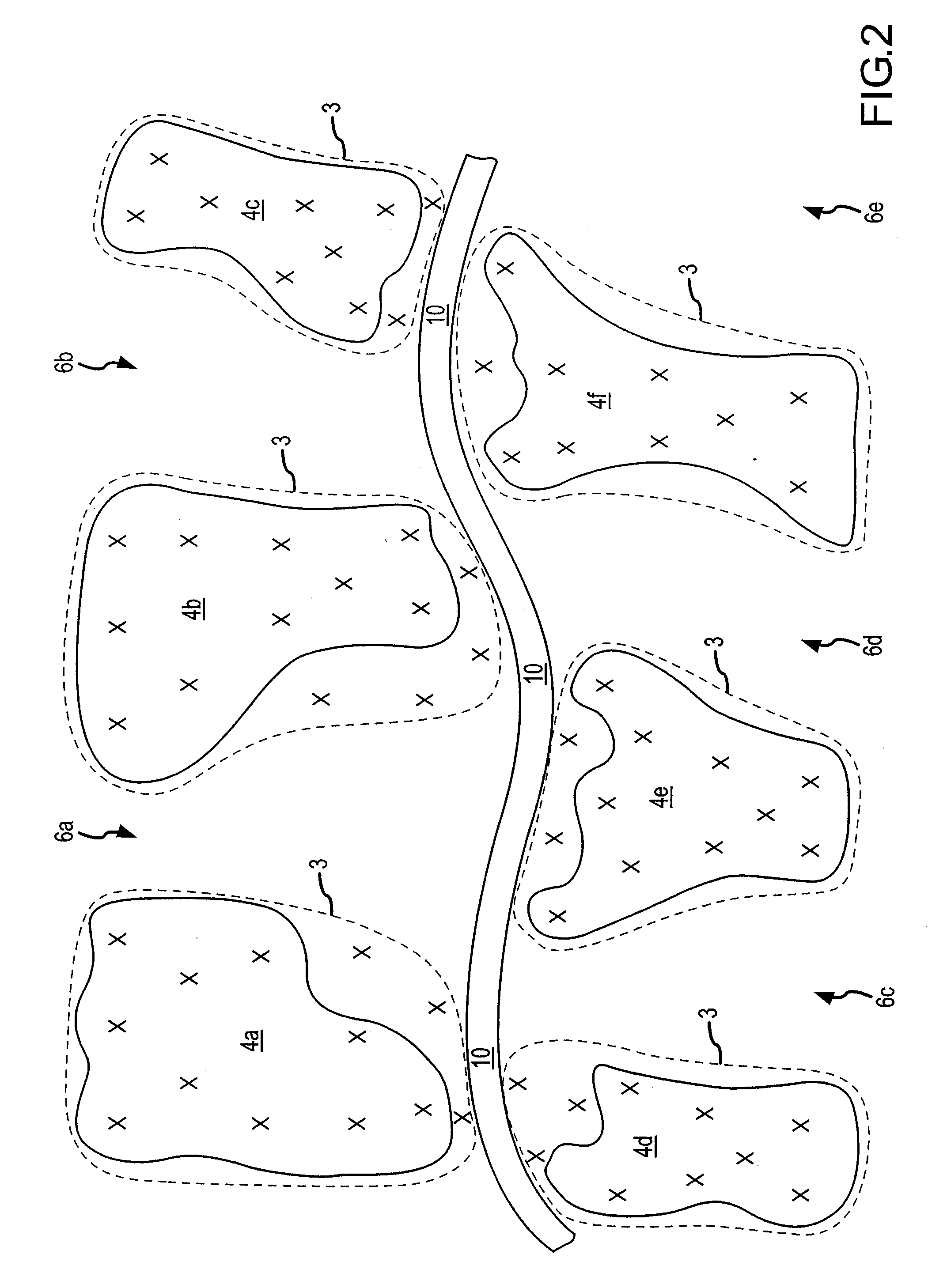Reducing ungulate pressure on post-burn areas in mosaic burns
a technology for mosaic burns and ungulates, applied in the field of foraging management, can solve the problems of difficult reestablishment, difficult for new growth to mature, difficult for the new growth to reestablish, and reduce the profit of the rancher, and achieve the effects of reducing ungulate pressure, high palatable, and self-limiting
- Summary
- Abstract
- Description
- Claims
- Application Information
AI Technical Summary
Benefits of technology
Problems solved by technology
Method used
Image
Examples
Embodiment Construction
[0017]This specification discloses a method of modifying the natural foraging distribution of ungulates in a mosaic burn area to reduce ungulate foraging pressure on the burned sub-areas within the mosaic burn area. As indicated in FIG. 1 and as will be explained in greater detail later in this specification, the method, in one embodiment, is as follows. An unburned sub-area within the mosaic burn area is selected to be encompassed by the foraging distribution of the ungulates (block 100). A supplement (e.g., an ingestible such as a highly-palatable, portable, self-limiting, animal feed supplement of the type described later in this specification) is provided at a location within the selected unburned sub-area (block 105). The supplement attracts ungulates to the selected unburned sub-area and increases the time the ungulates spend within the selected unburned sub-area (block 110). The foraging distribution of the ungulates shifts to encompass the selected unburned sub-area (block 1...
PUM
 Login to View More
Login to View More Abstract
Description
Claims
Application Information
 Login to View More
Login to View More - R&D
- Intellectual Property
- Life Sciences
- Materials
- Tech Scout
- Unparalleled Data Quality
- Higher Quality Content
- 60% Fewer Hallucinations
Browse by: Latest US Patents, China's latest patents, Technical Efficacy Thesaurus, Application Domain, Technology Topic, Popular Technical Reports.
© 2025 PatSnap. All rights reserved.Legal|Privacy policy|Modern Slavery Act Transparency Statement|Sitemap|About US| Contact US: help@patsnap.com



